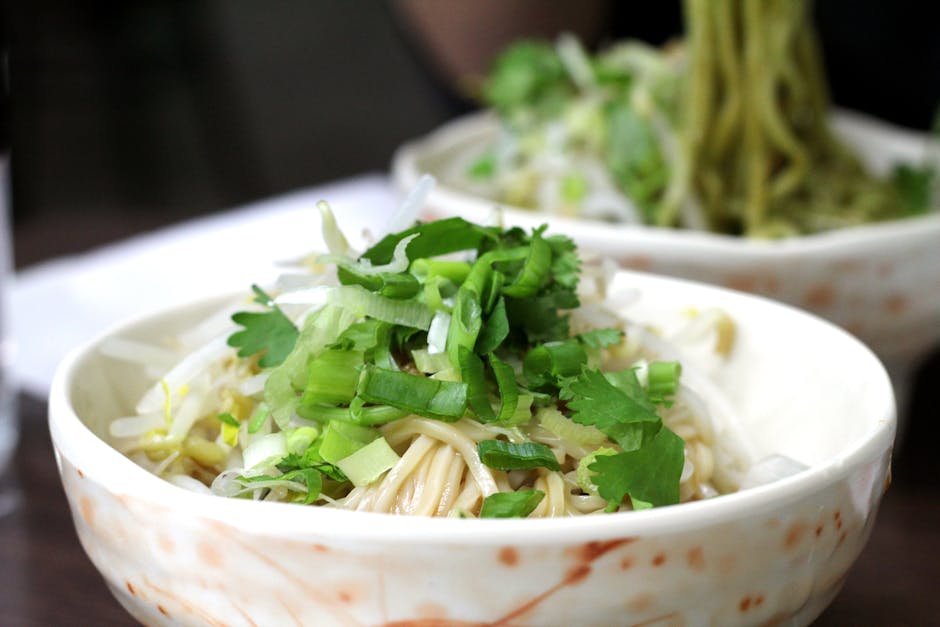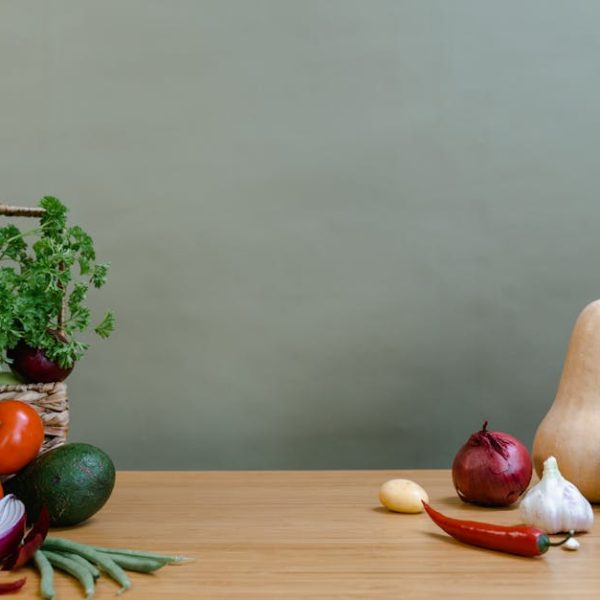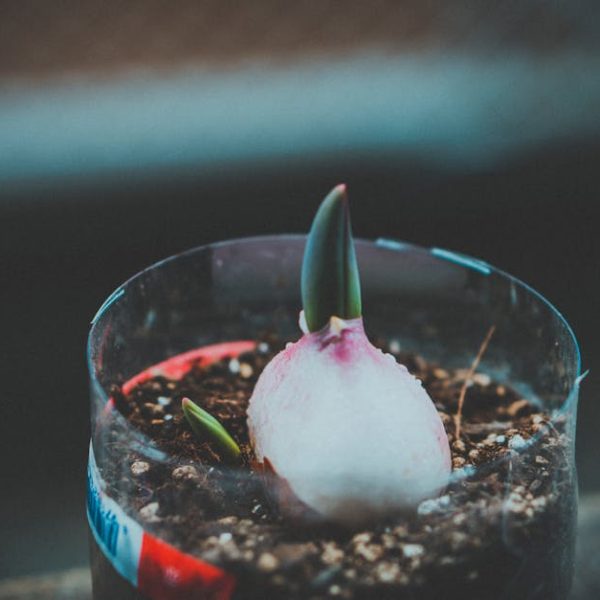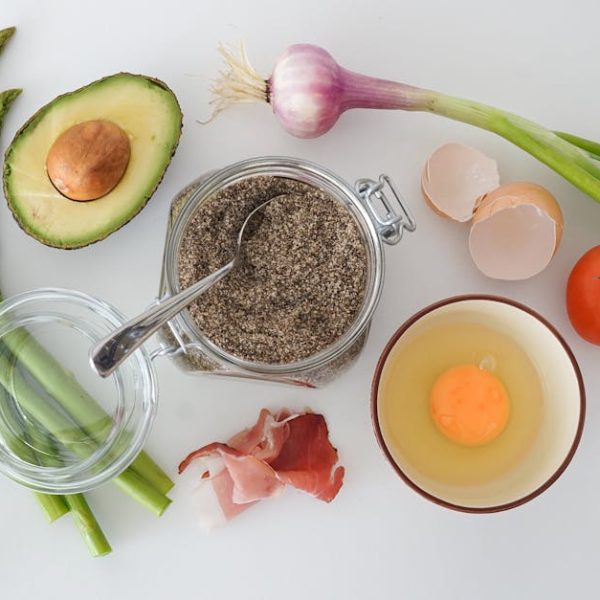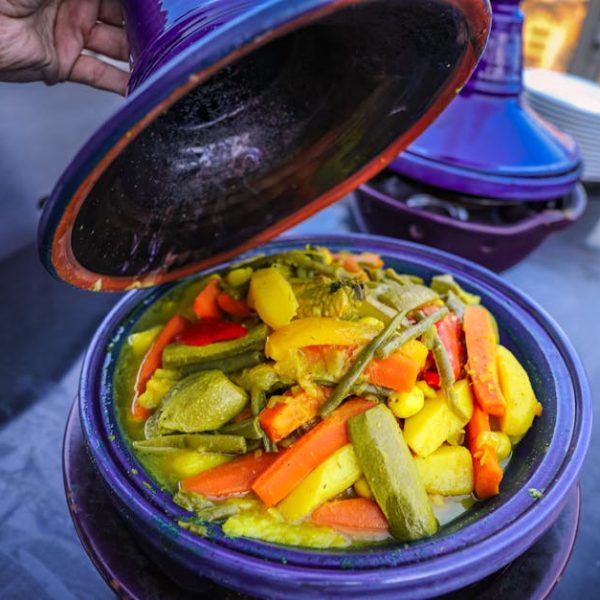Getting to grips with the differences between green onions and shallots begins with a fundamental understanding of each. The green onion, otherwise known as scallions, spring onion, or salad onion, is categorized under the allium species. Their slender shape, dark green foliage blending into a white bulb base, crisp texture, and sweet, delicate flavor make them a prevalent ingredient across a multitude of cuisines.
Shallots, on the other hand, fall into the allium cepa group. In comparison to their green onion counterparts, they are structurally divided into cloves similar to garlic, enveloped in a thin coppery skin. Taste wise, shallots present a more profound, somewhat sweet, and slightly pungent flavor which caramelizes beautifully when sautéed.
Distinct differences between these aromatic ingredients arise mainly in their appearance, flavor profile, and culinary usage.
- Appearance: Green Onions are long, slender and feature a dark-to-light green gradient whereas Shallots have a garlic-like structure with a papery skin.
- Taste: Green onions are milder, yet crisp, blending fresh and faintly sweet flavors. Shallots, contrary, strike a balance between potent onion-like, subtly sweet, and mild garlic hints.
- Usage: Green onions are commonly used in salads, stir-fries, and as garnish while shallots frequent sauces, dressings, and sautés due to their rich flavor complexities.
When you’re next at the grocery store or farmers market, remember to note the shape and structure to distinguish between green onions and shallots accurately. Check for a long, tube-like shape for green onions and a more divided, clove-like structure for shallots.
The Origins of Green Onions and Shallots
Rooting further into their idiosyncrasies, let’s embark on a quick journey that traverses the trace of their origins. Green onions trace back to Central Asia, gradually permeating various cultures over millennia due to their versatility. Shallots, meanwhile, owe their genesis to Southwest Asia, boasting a rich history intertwined with ancient civilizations of Greece and Rome.
Presently, green onions are predominantly cultivated in East Asia, Europe, and North America. Conversely, shallots favor the warmer climates of Southeast Asia, the Mediterranean, and West Africa, which accounts for the primary share of global shallot production.
When cooking, you can pay homage to the origin of these delightful ingredients by incorporating them into traditional dishes. For instance, think green onions sprinkled on top of a beautiful bowl of ramen or shallots caramelized in a classic French sauce.
The Health Benefits of Green Onions and Shallots
Nutritionally, both green onions and shallots are stars in their own arenas. Loaded with vital nutrients, these culinary virtuosos fuse strength with sensational flavors. Green onions are particularly abundant in vitamins K and C, alongside carotenes and dietary fiber. Simultaneously, shallots are packed with anti-oxidants and vitamins, notable ones being folate, B-vitamins, vitamin A, and an impressive phytonutrient profile.
Despite their nutritional similarity, differences under the wellness spotlight emerge. Green onions contribute towards enhanced bone health and immunity due to their vitamin K and C content. In contrast, shallots, with their potent supply of anti-oxidants, play a critical role in helping lower heart disease risk and promoting anti-inflammatory benefits.
How to Cook with Green Onions and Shallots
With diverse applications across the culinary scope, both green onions and shallots bring flavors to life. The mildness and freshness of green onions make them a perfect fit for salads, sandwiches, and Asian-inspired stir-fries. Plus, they even add an excellent touch as a garnish on dishes like pizza and pasta.
Shallots, owing to their deep and subtly sweet flavor, offer a unique twist to traditional sauces, dressing, and sautés. They caramelize beautifully when lightly sautéed, elevating the taste of dishes like steak or mushrooms.
- Green Onion Dishes: Green Onion Pancakes, Ramen, Stir-fry Veggies, and Scallion Noodles.
- Shallot Dishes: Creamed Spinach with Shallots, Braised Shallots, Shallot Vinaigrette, and French Shallot Soup.
Pro Tips to savor and store these vegetables:
1. Fresh green onions can be stored in a water jar with their bulbs submerged. They can stay crisp for 1-2 weeks if frequently changed water.
2. Shallots should be stored at room temperature in a well-ventilated area, last for about a month.
3. It’s best to chop green onions just before using them for maximum flavor.
4. Shallots should be sautéed over low to medium heat to bring out their sweetness and avoid burning them.
Exploring the Horticulture of Green Onions and Shallots
While both belong to the same family, green onions and shallots have unique growing requirements. Green onions prefer cooler climates, and they can be harvested within 21-30 days of planting. They resist pests and diseases well, and due to their shallow root system, they can grow in various types of soils.
Shallots, however, prefer warmer climates and require 90-120 days to mature. They demand well-drained, fertile soil and adequate watering. They can be susceptible to fungal diseases, so regular monitoring is vital.
Checklist for growing your own:
1. Choose a suitable location (cool for green onions, warm for shallots).
2. Cultivate the soil well to ensure it’s suited for planting.
3. Plant seeds or bulbs at the correct depth.
4. Water regularly, but avoid water-logging.
Comparatively, green onions are easier to grow due to their versatility and resistance to common garden pests. However, if you’re up for a bit of a challenge, cultivating shallots can be a rewarding endeavor. You’ll be rewarded with a rich, unique flavor that can add a truly gourmet touch to your culinary creations.
Key Takeaway:
- Green onions and shallots are different in terms of appearance, flavor, and uses in cooking. While green onions are long and slender with a mild flavor, shallots resemble cloves of garlic and have a rich, tangy taste.
- Green onions originated from Central Asia, while shallots are native to Southwest Asia. Today, both are grown worldwide with green onions primarily cultivated in East Asia, Europe, North America, and shallots favoring Southeast Asia, the Mediterranean, and West Africa.
- Both green onions and shallots are packed with nutritional benefits. Green onions are rich in vitamins K and C and support bone health and immunity, while shallots, loaded with anti-oxidants and vitamins, help lower heart disease risk and have anti-inflammatory benefits.
- Both can be incorporated into various dishes, with green onions popular in salads and stir-fries and as a garnish, and shallots used more in sauces, dressings, and sautés.
- Green onions and shallots have different cultivation requirements. Green onions prefer cooler climates and mature quickly, while shallots need warmer climates and take longer to grow.
The world of green onions and shallots is fascinating. Their delicious tastes, significant health benefits, and broad culinary uses make these two a vital part of any kitchen. Feel adventurous and try growing them at home, or simply enjoy their unique flavors in a variety of dishes. From a humble salad to a gourmet sauce, these tiny heroes will enhance your culinary experience.
FAQs
Q: Are the health benefits of green onions and shallots the same?
A: While both have similar nutritional profiles, they provide different health benefits. Green onions are excellent sources of vitamins K and C, enhancing bone health and immunity. On the other hand, shallots are rich in antioxidants and are beneficial in lowering heart disease risk and providing anti-inflammatory benefits.
Q: Can green onions be used as a substitute for shallots?
A: Yes, you can substitute green onions for shallots, especially the white part of the green onion. However, keep in mind that the flavor profile won’t be quite the same due to the unique sweet yet tangy taste of shallots.
Q: Can I grow green onions and shallots in my backyard?
A: Absolutely! But do note that they require different conditions. Green onions prefer cooler climates and finish growing within a month, while shallots like warmer weather and take around three to four months to mature.
Q: How do I store green onions and shallots?
A: Green onions can be stored in a water jar with their bulbs submerged, and water changed frequently. Shallots should be kept at room temperature in a well-ventilated area.
Q: Can I eat both green onions and shallots raw?
A: Yes, you can. Both can be eaten raw or cooked. Green onions are often used in salads, while shallots can be used in dressings and salads too.
We invite you to explore more articles on our website and share this post with others who might find it useful. Happy cooking and gardening!
